QuestionI have maintained an aquarium since 1986 and switched to saltwater in 1994. I have a medium-to-large gold bar maroon which I tried paring up last year and failed. I again tried parring it up this past June with what appeared to be a plain maroon clown and succeeded. Just recently this December the baby maroon has started showing signs of changing stripe color to gold. Is this possible for a plain maroon clown? Possibly because it paired up with a gold bar?
Second question is this, can a rare ring tale or blochi tang mate with a hippo tang? Both have shown signs of sexual aggressiveness and changing of color. The blochi shows beautiful blue strips and spots throughout its body and the hippo tang's black stripping changes white and his body becomes pale looking along with weird behavior of both.
Third and last question is I believe that I found in my tank recently a baby abalone. I have no clue where this came from and wanted to see if that is even possible. If it is one, will it hurt mushrooms or corals? Should I try to remove it? It sort of looks like a snail or slug type of body with a sort of flat round shell in the middle of its body. It also moves very fast, much faster than any snail I have seen.
Thanks for your help,
Matt
AnswerHi Matt. First of all the the gold stripe maroon clown and the regular maroon clown are the same fish. They both have the same scientific name. Their color variations come from what area of the ocean they are collected from and weather they carry the genes for the yellow coloration or not. Most clownfish will look very similar as juveniles. As they mature only then will their true color be determined. There are many color variations in these clownfish that are not as evident as the difference between having white or yellow stripes. Some of these clowns can be more of an orange color and some can be so dark maroon that they almost appear black. Another variation I have noticed is the width of the stripes and weather the gold or white is outlined by black or not. All of these are simply different color patterns and usually developed more as the fish reaches its adult size.
While some of the behaviors you are seeing with your tangs may be that of spawning these two fish will not be able to reproduce. They are both surgoenfish but from two different groups. The blochii tang is that of the Acanthurus group which also tend to be group spawners rather the pair mating spawners. The hippo tang is of the paracanthurus which may be more of a pair spawner. There have been very few reports of hybridization with in the surgeonfish family. Most of them being with in the naso group. Also breeding in an aquarium is rare and I have never heard of anyone successfully breeding and rearing young in captivity. This doesn't mean that this is not what is going on in your tank all it means is that the odds are all stacked against it happening in your tank. Who knows! You may be the first to successfully breed hybrid surgeons in a home aquarium. I can't tell you that it is impossible because nothing is impossible!
For your third question, what you are most likely seeing is a stomatella snail. These can commonly hitch hike on live rock or coral rocks and are harmless herbivores just like most snails. Even if what you are seeing is an abalone, they are also good algae grazers and harmless although they do get rather big. The fact that you said the shell is flat leads me to believe it is a stomatella snail because abalone have a shell shaped more like an ear. They are also not very tolerant of changes in water chemistry and need full strength salinity to thrive. Unless purchased abalone would not make it through the curing processes done with most live rock.

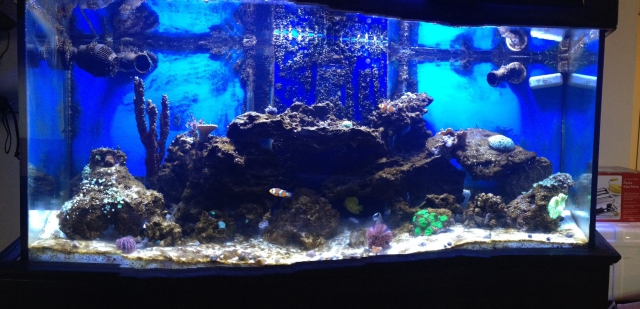 Algae problem
QuestionQUESTION: We have had our tank set up for about
Algae problem
QuestionQUESTION: We have had our tank set up for about
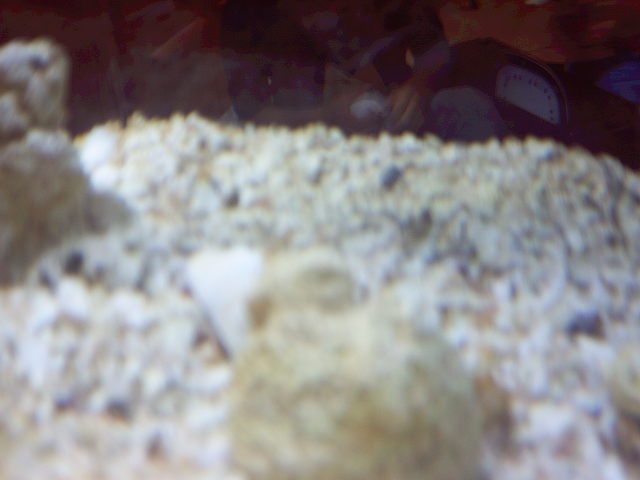 Aquarium stones.
Question
Before
I just switched from freshwater to salt
Aquarium stones.
Question
Before
I just switched from freshwater to salt
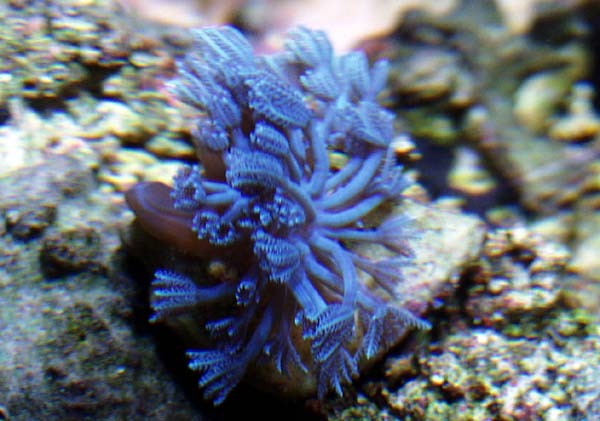 First timer
QuestionQUESTION: Hello Mr. Francis, I just bought a 14
First timer
QuestionQUESTION: Hello Mr. Francis, I just bought a 14
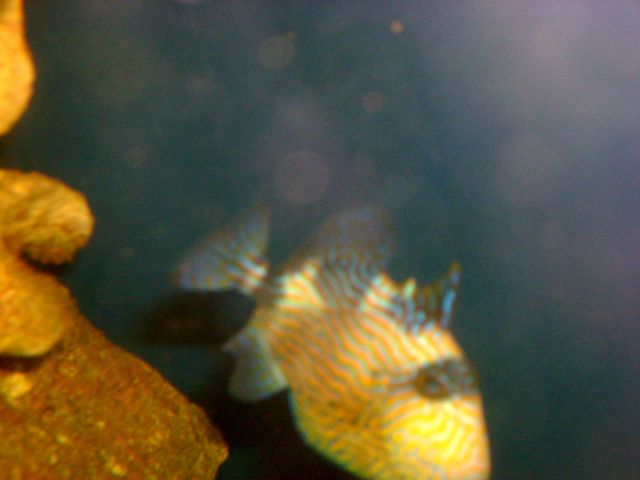 blue line trigger fish
Question
blueline triggerfish
is there any way to tell
blue line trigger fish
Question
blueline triggerfish
is there any way to tell
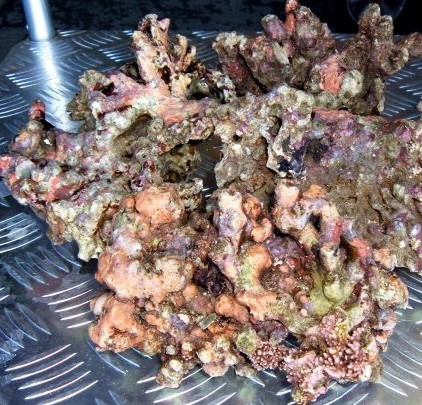 adding water
QuestionQUESTION: inherited a 30 gal tank downsized fro
adding water
QuestionQUESTION: inherited a 30 gal tank downsized fro